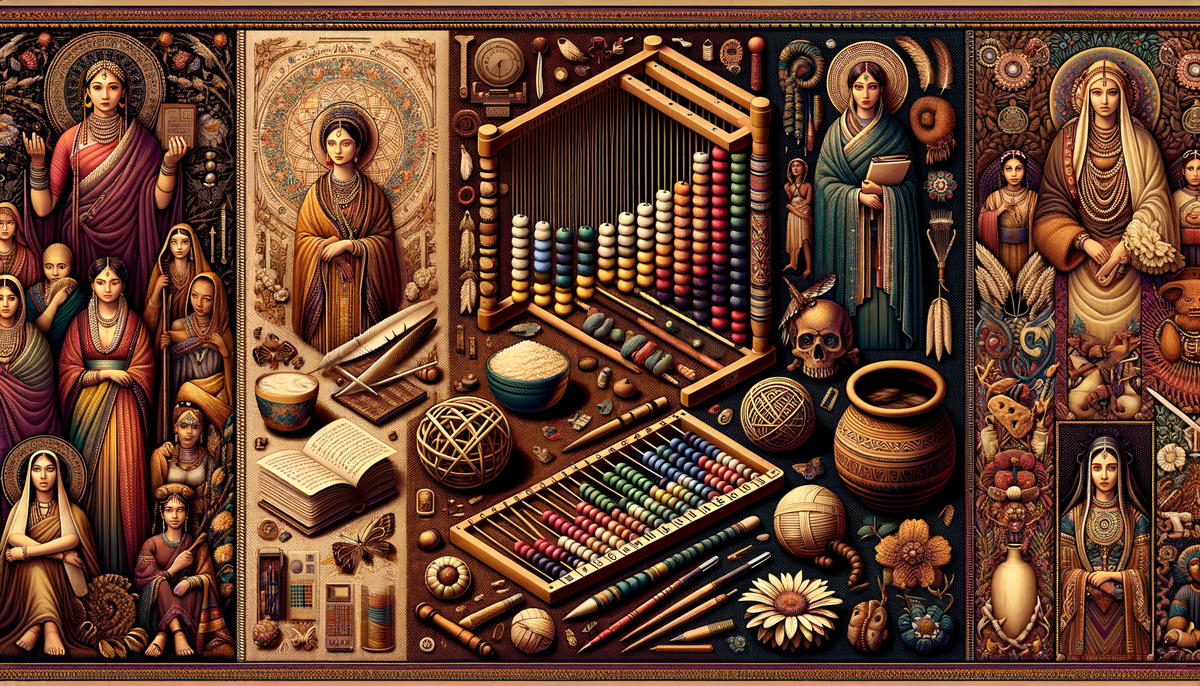The Representation of Women in Cultural Memory
Exploring the importance of accurately representing women in cultural memory and how this shapes societal values and future generations.

Cultural memory plays a critical role in shaping our collective understanding of history and societal values. When we examine cultural memory through the lens of feminism, it's evident that the representation of women has often been limited, stereotyped, or altogether erased. This article delves into the importance of accurate and diverse portrayals of women in cultural narratives and the actions we can take to achieve this goal.
Historical Erasure and Stereotyping
For centuries, women's contributions to society have been overshadowed by the achievements of men. Textbooks often highlight male figures in history while relegating women to the background. This imbalance perpetuates stereotypes and diminishes the vital roles women have played. It's up to us to challenge these limited perspectives and ensure that women's stories are told and celebrated.
The Power of Stories
Stories shape our identities and our worldviews. When young girls see women depicted as strong, intelligent, and capable in stories, they are more likely to internalize these qualities. Likewise, seeing a diverse range of female characters helps break down harmful stereotypes and promotes inclusivity. For example, in literature, films, and media, positive representations of women pave the way for a more equal society.
Remembering Forgotten Heroines
One crucial step in enhancing the representation of women in cultural memory is to actively remember and celebrate forgotten heroines. From scientists and artists to activists and leaders, countless women have made significant contributions to our world. Their stories deserve to be told and integrated into our cultural memory. On EnglishChatterbox, you'll find resources discussing important women figures and their impacts.
Moving Forward
To move forward, we must actively seek out and amplify the voices of women in all fields. Encouraging young girls to pursue their passions and providing them with role models who have excelled in various domains is crucial. Moreover, we should support initiatives and platforms that work to preserve and promote the stories of women.
Conclusion
The representation of women in cultural memory is not just about rectifying past mistakes but also about creating a more just and equal future. By reclaiming and celebrating women's stories, we enrich our collective memory and pave the way for future generations to be inspired by strong, diverse, and powerful women.



